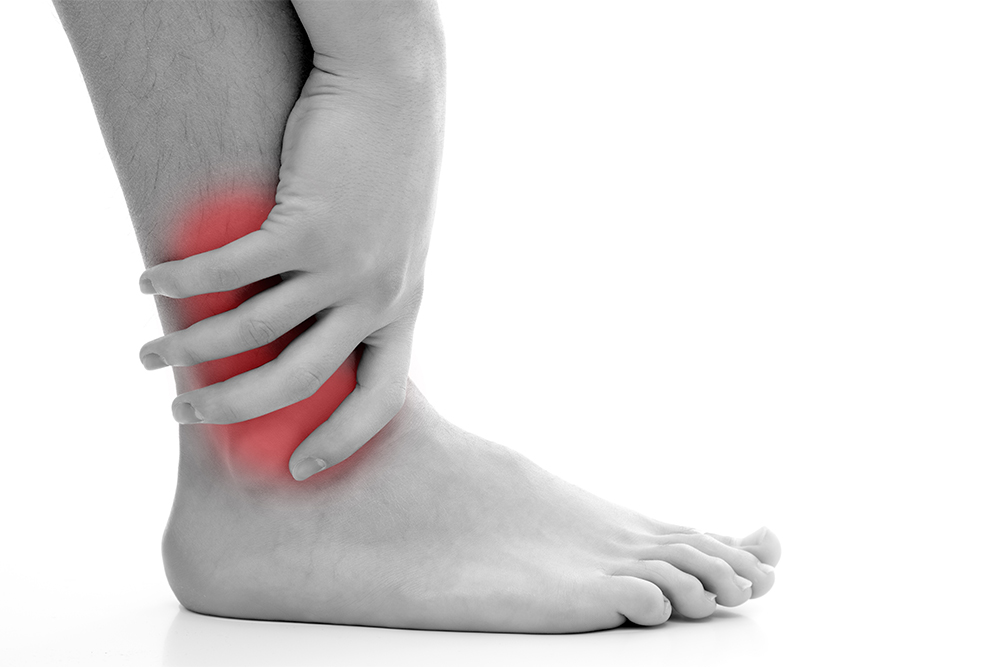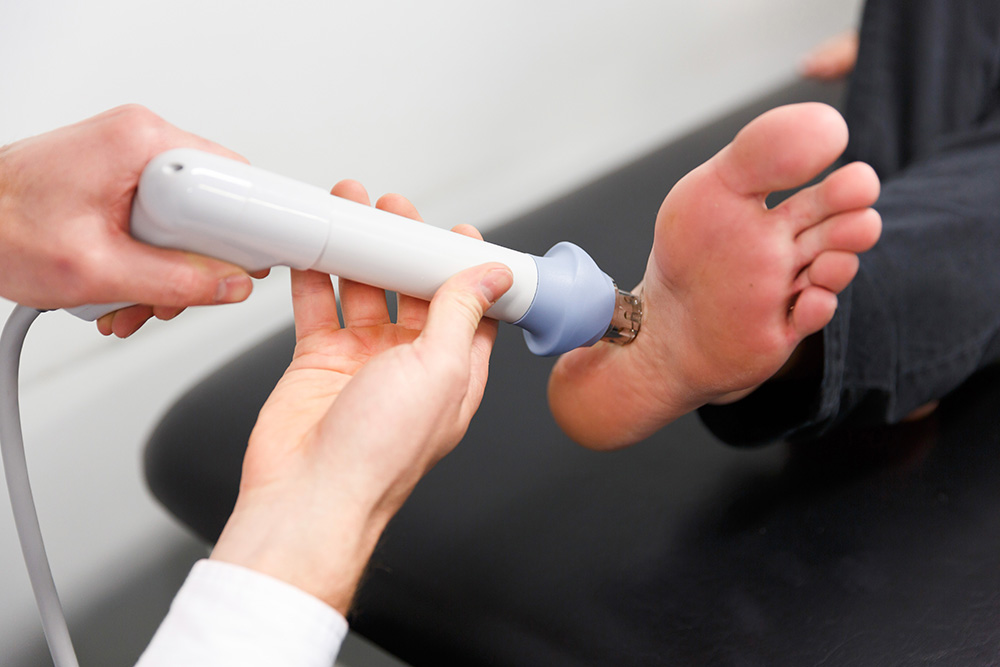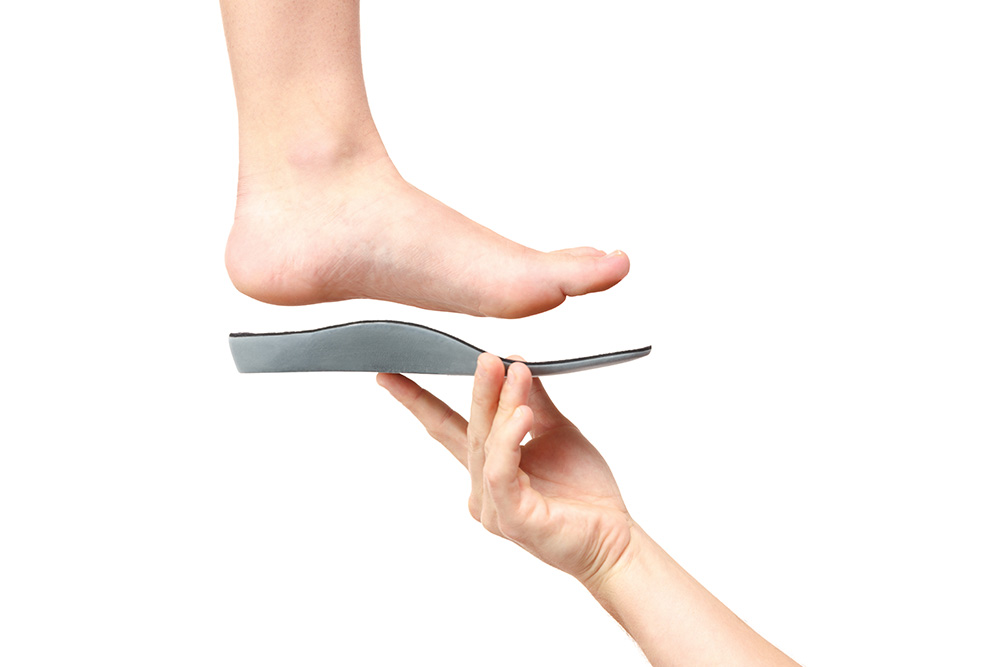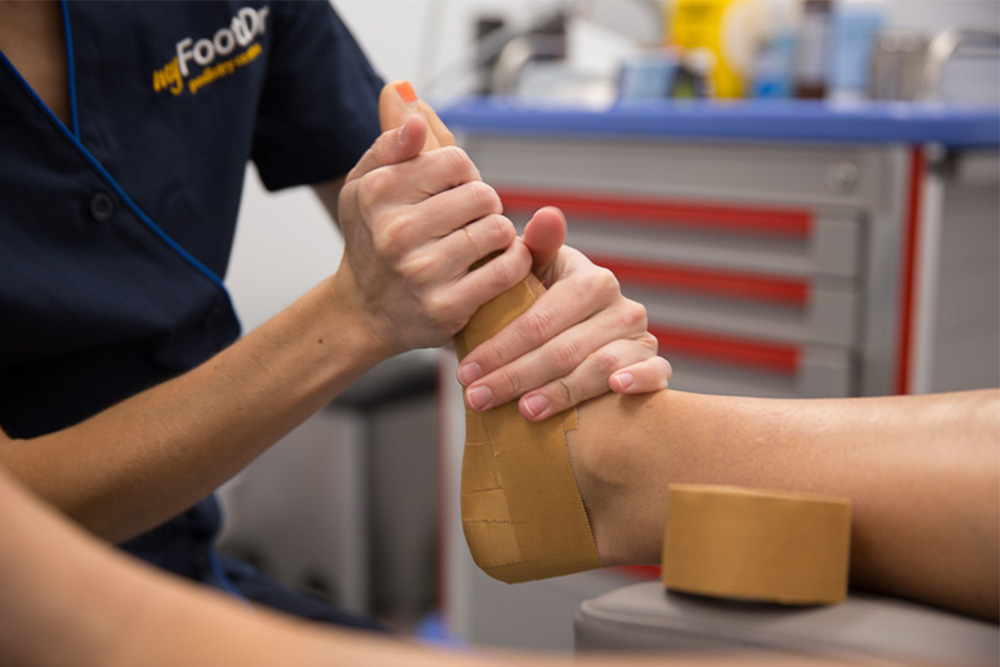
 Experiencing ankle pain? We can help
Experiencing ankle pain? We can help
Your foot and ankle take a tremendous amount of weight and pressure every time you walk – let alone run or jump! With a highly complex structure, the reliance on numerous ligaments and structural characteristics for stability, and the relatively narrow space that the ankle occupies, it is no surprise that it is vulnerable to injury.
Causes of Ankle Pain
Ankle Sprain
The most common cause of ankle pain is a sprain, where the ligaments that stabilise the ankle are stretched and strained, resulting in small microtears. This happens when you roll over onto one side of the ankle, twisting the foot inwards. The resulting pain can vary depending on the degree of damage to the ligaments and the surrounding soft tissue, however, most ankle pain is accompanied by some level of swelling and bruising.
Ankle Impingement
An anterior ankle impingement describes the wedging of the structures at the front of the ankle. As the bones, soft tissues or vessels are compressed, painful symptoms may arise. You may also experience some swelling, stiffness or weakness at the front of the ankle joint. If your pain is exacerbated by pointing the toes upwards, you may have an anterior ankle impingement.
Avulsion Fracture
An avulsion fracture is one where a small piece of bone fractures away from the main bone due to the pull of a tendon or ligament that is attached to the bone. Avulsion fractures in the ankle can occur at the end of the tibia (shin bone) or at the end of the fibula and result from trauma to the ankle such as a severe ankle sprain.
Tarsal Tunnel Syndrome
You have a narrow ‘tunnel’ that is formed by your ankle bones (on the inside of your ankle) and a broad ligament that covers the top of the tunnel. This is known as the tarsal tunnel, and functions as a passageway for multiple tendons, nerves, arteries and veins. When this tunnel is compressed, squeezing the structures that run through it, pain can result at the ankle, as well as along the inside of the leg.
Arthritis
Arthritis in the ankle joint can result in pain, swelling, stiffness and significant loss of function. There are different types of arthritis which affect the bones and soft tissues in different ways. You may experience ankle pain from osteoarthritis, gout, rheumatoid arthritis, psoriatic arthritis, reactive arthritis and septic arthritis.
Referred Ankle Pain
Aside from pain generated from within the ankle joint, people can experience ankle pain that is referred from other structures and conditions including the Achilles tendon, bursitis, plantar fasciitis, calcaneal stress fractures and even from the low back.
Treatment for Ankle Pain
Treating ankle pain starts with getting the right diagnosis by having an assessment with your podiatrist. You’ll then receive a custom treatment plan that will focus on both relieving your current symptoms and managing the injury that is causing your pain. Here at My FootDr, we help you address the factors contributing to your pain too. For example, we will show you how to strengthen any weak muscles or correct any alignment problems thereby helping to prevent ankle pain from recurring in the future.









